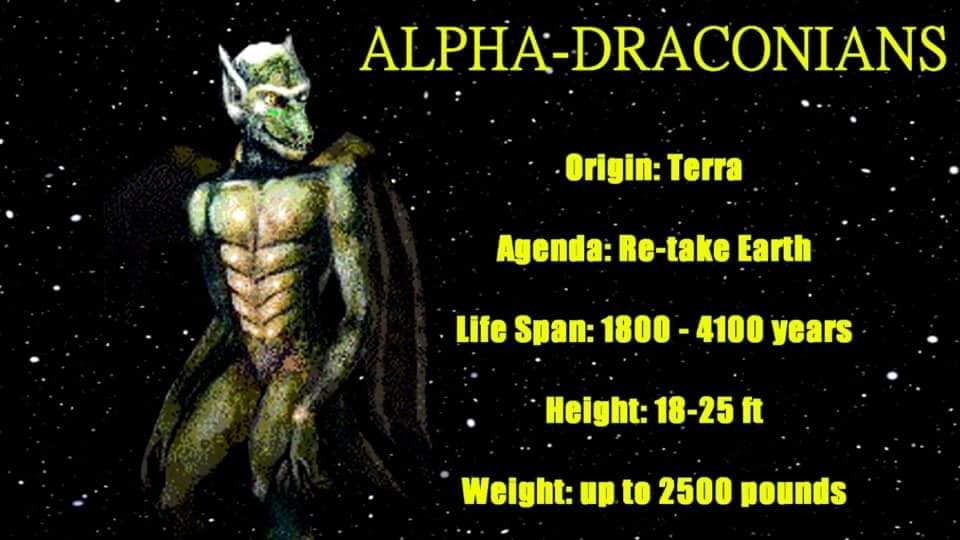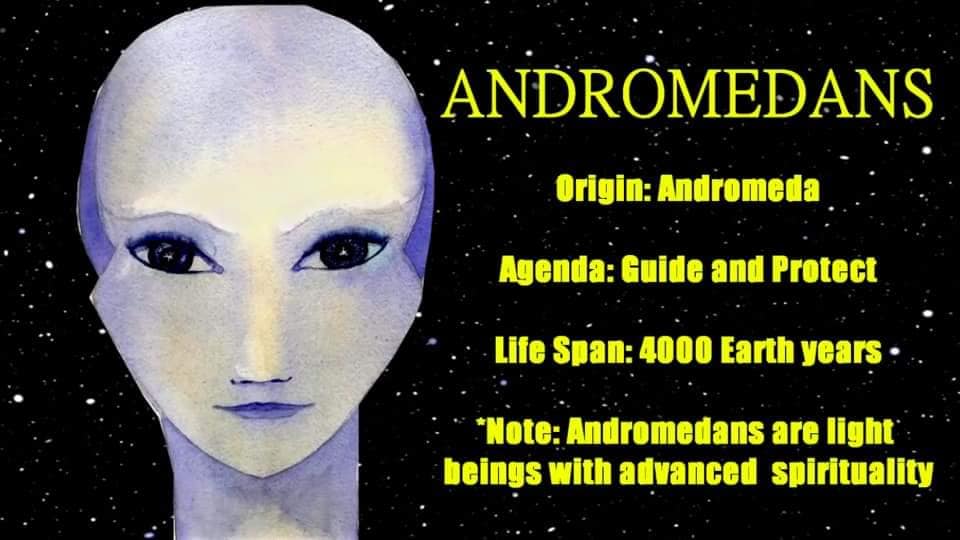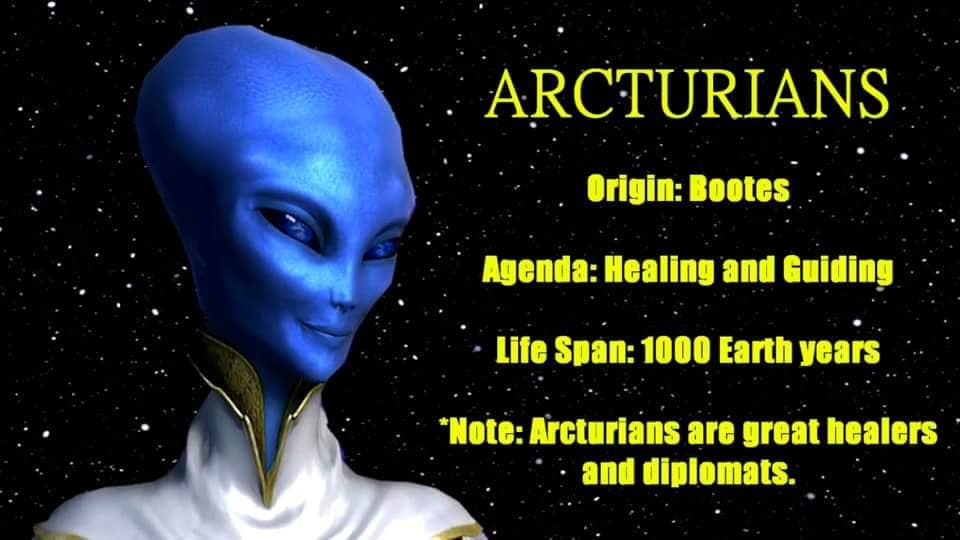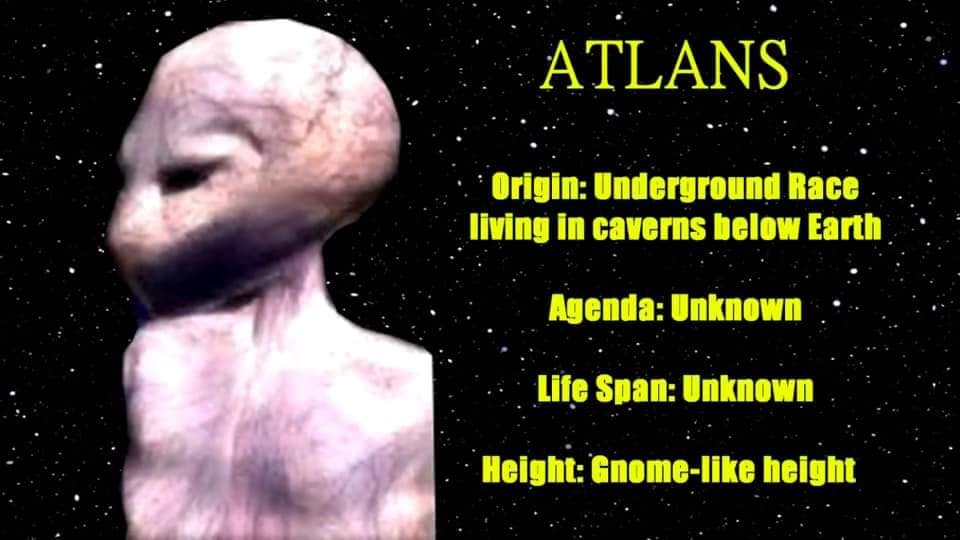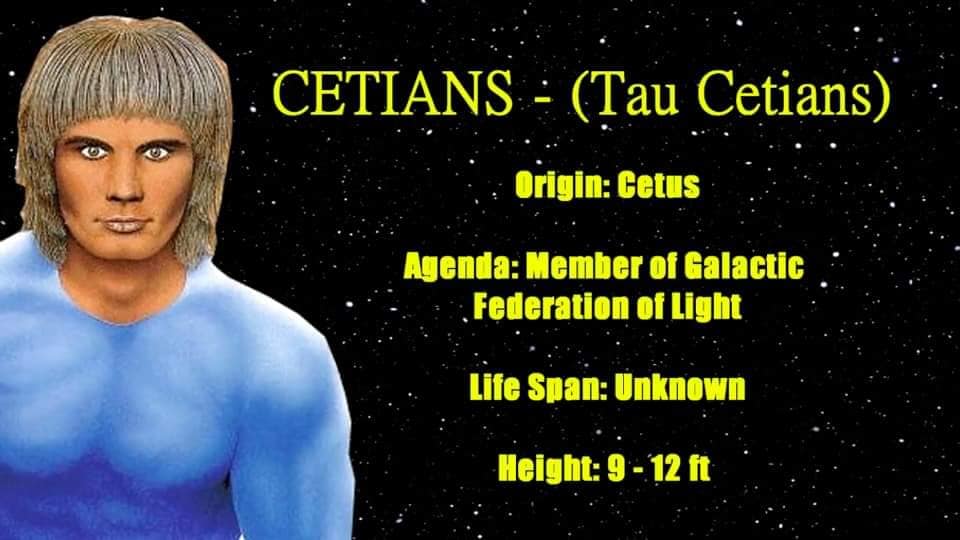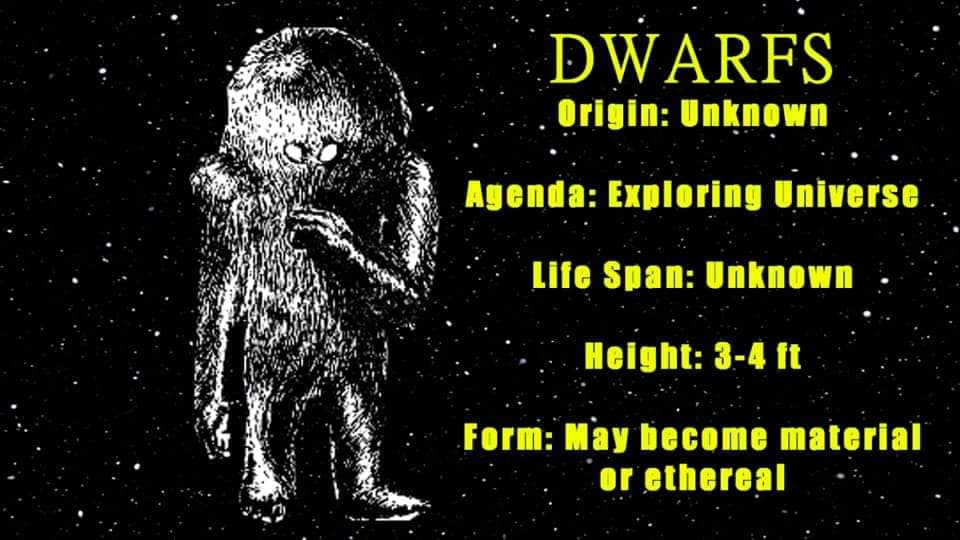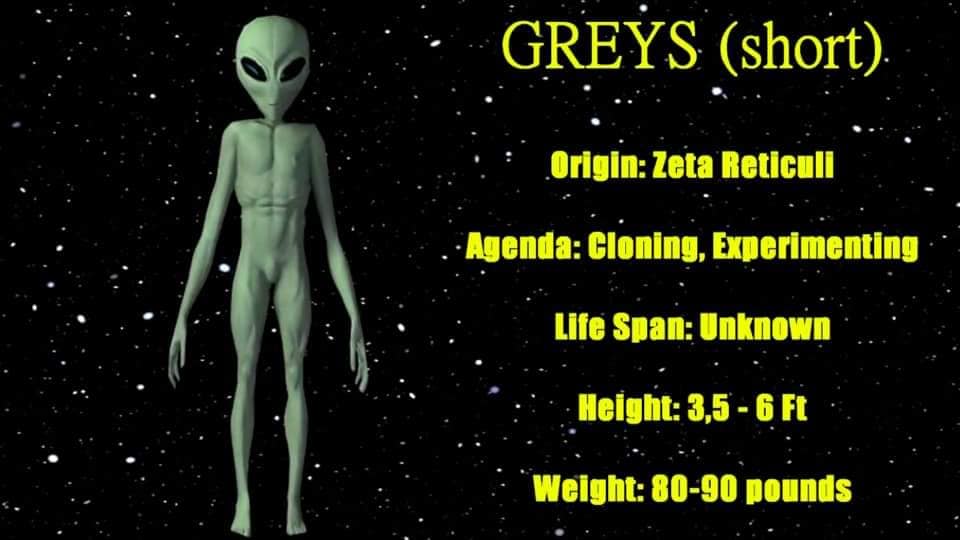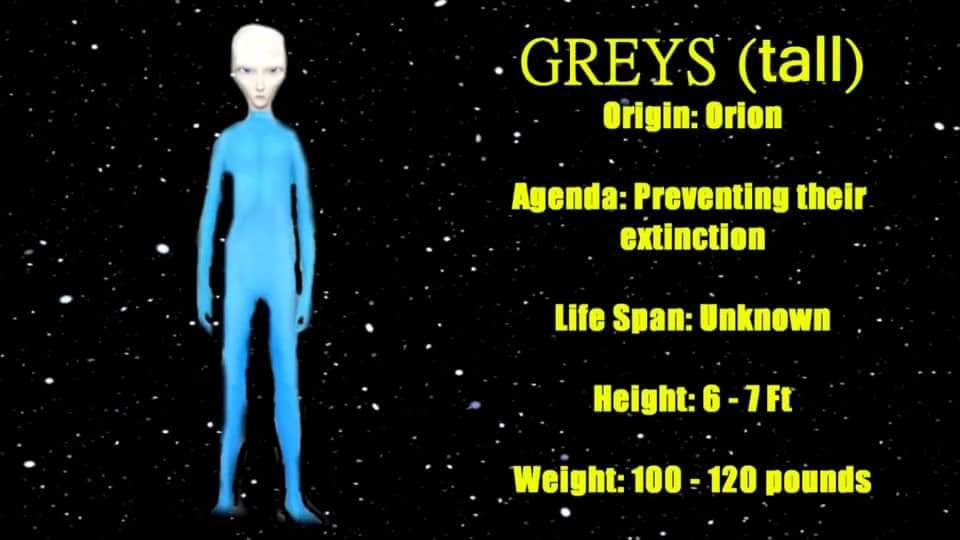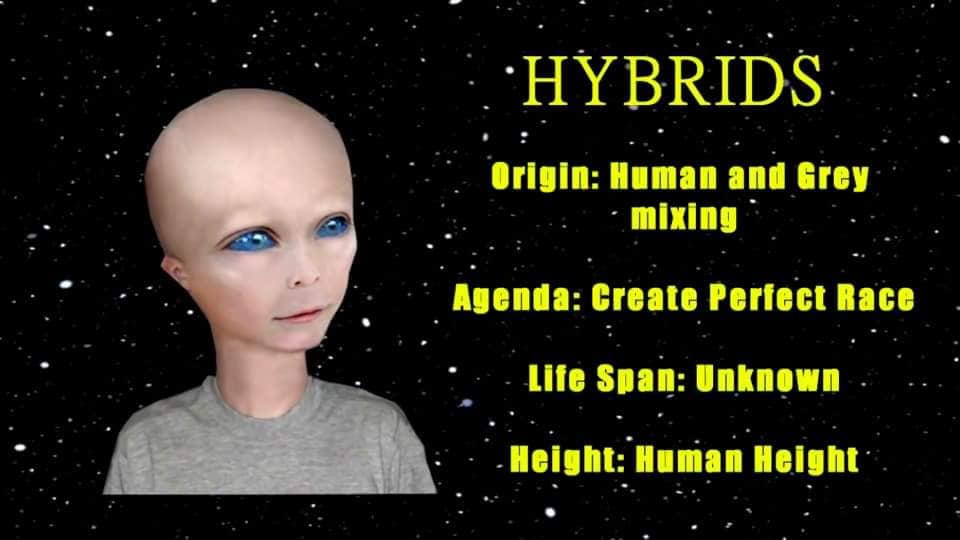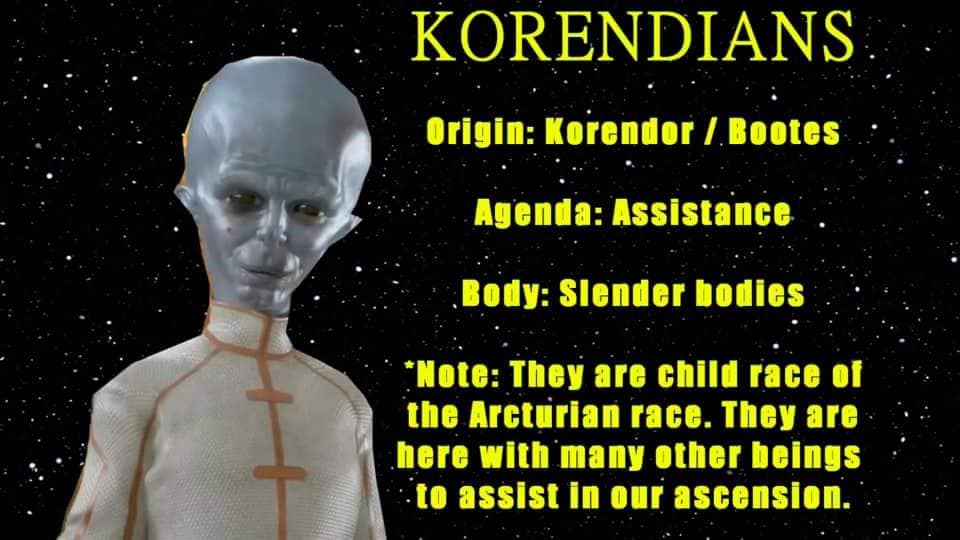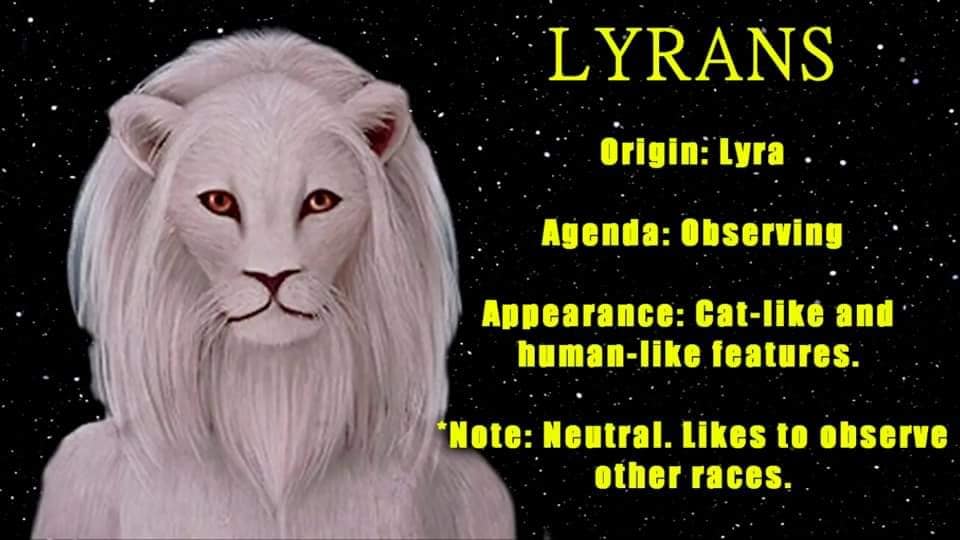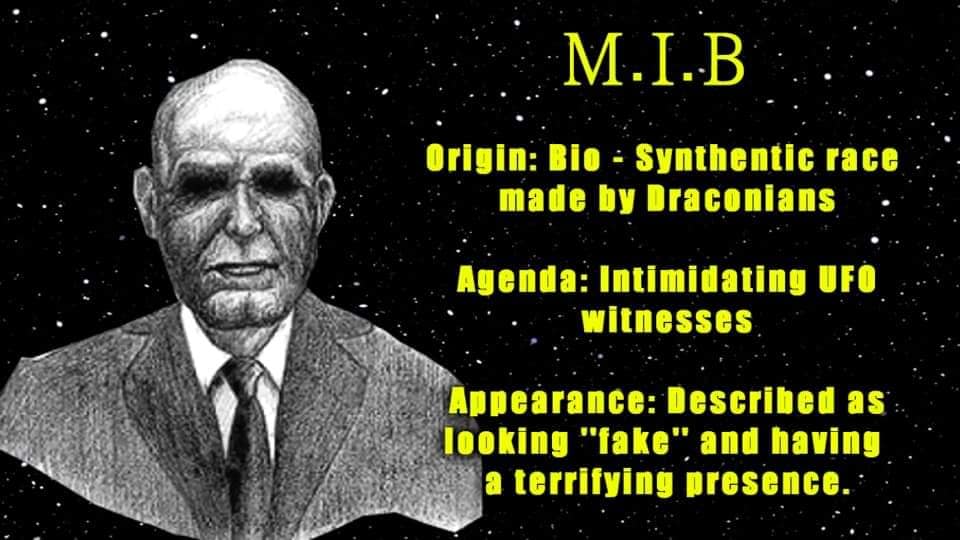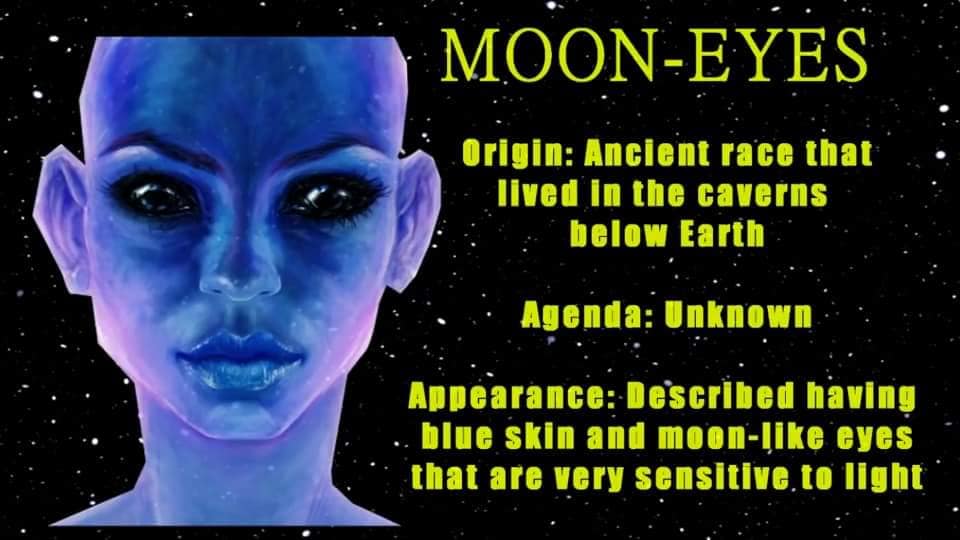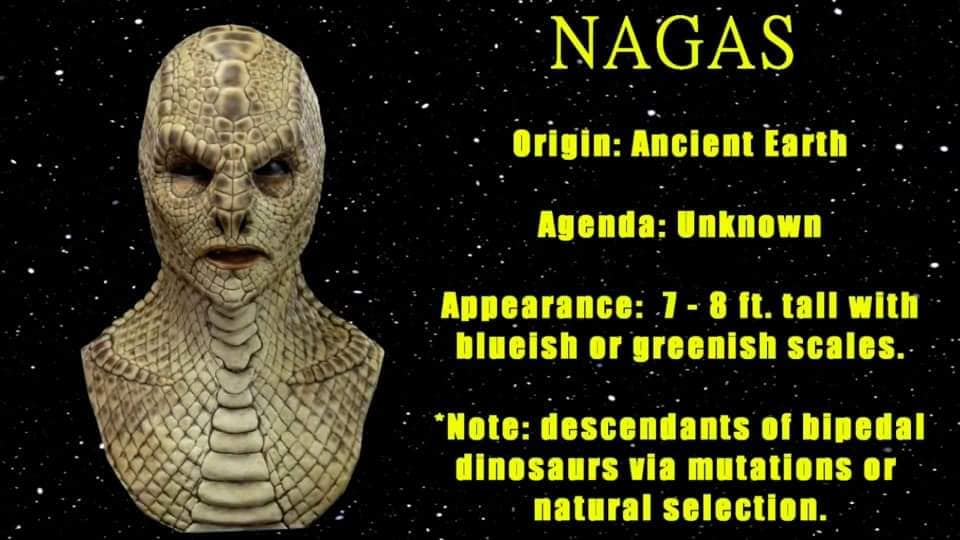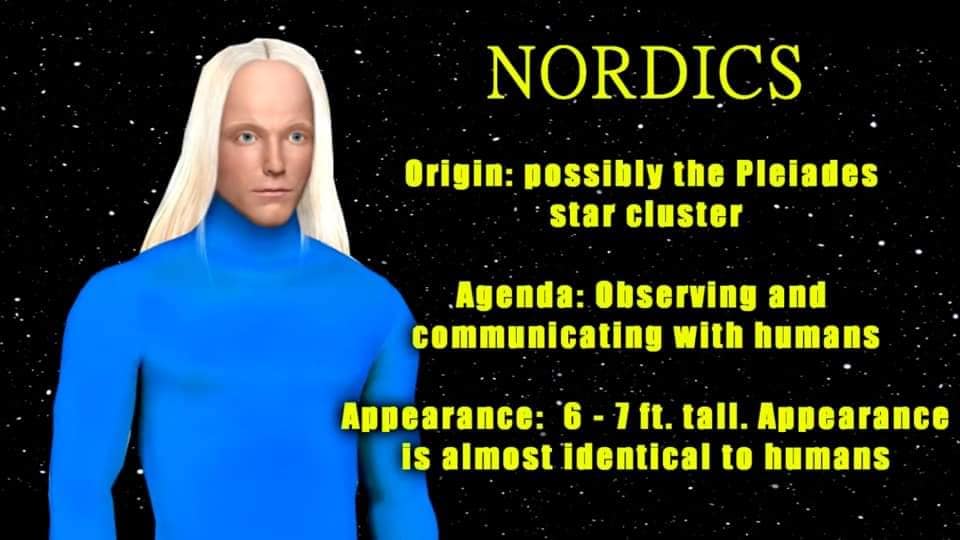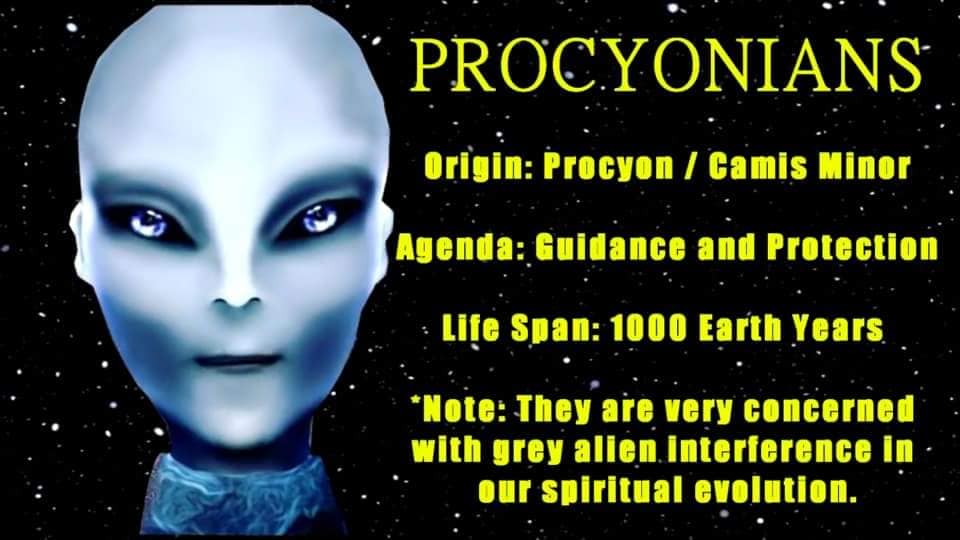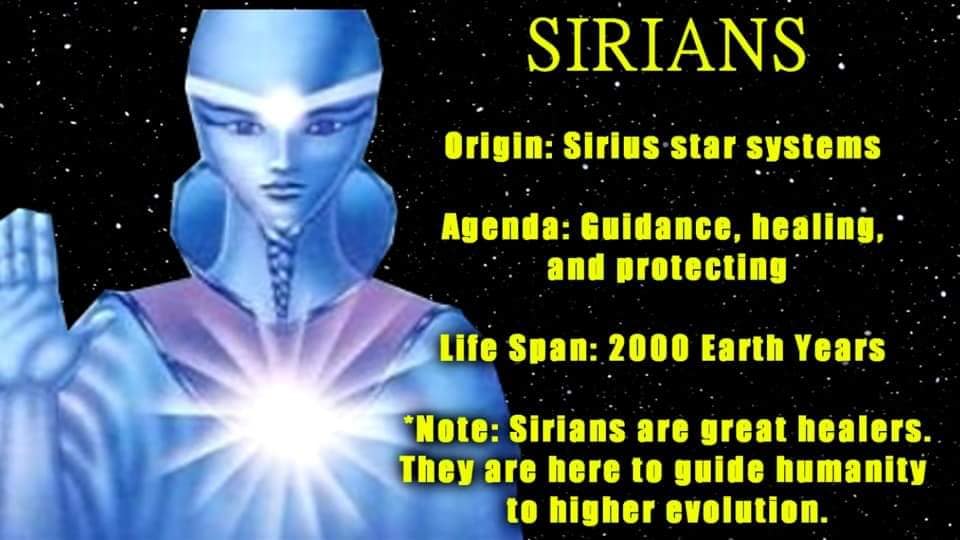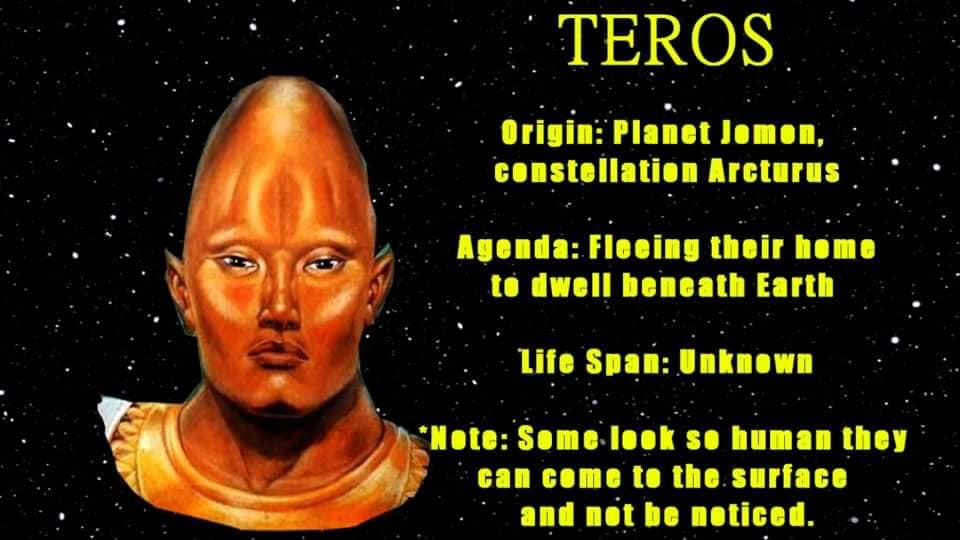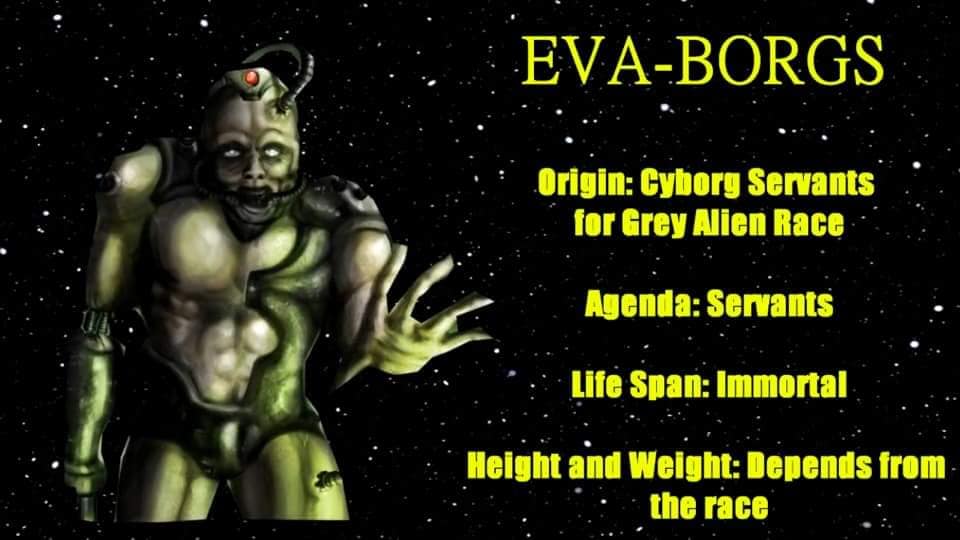Arcturian Supernova: Hyper-real religions and the future of belief
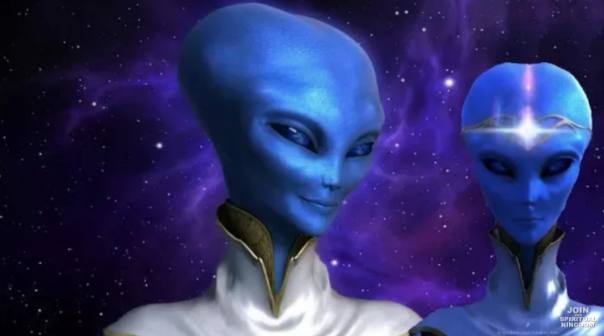
A Message From your Galactic Family
Uma Kumari, Facebook user – Posted at the “Arcturians” Facebook group
Dear Friends who are wearing a human Earth Body, we, the members of your Galactic Family wish to remind you that YOU are NOT alone. In fact, all of you who are currently wearing your third dimensional Earth Body, are actually able to contact all of your Galactic Family if you wish (…)”
Introduction
This entry aims to shine a light on hyper-real religions—digitally mediated religions that are born in a digital medium and aggregate pop-culture elements in their spiritual doctrines (Possamai). This will be done by presenting the “Artcturians” Facebook group as an example. Then, the group’s growth will be further contextualized based on relevant literature and, ultimately, the conclusion will be given with the role of new media in the formation of these new theological ontologies.
Who are the Arcturians?
In December of 2017, Facebook user Agathe Fohler created the “Arcturians” group on the platform. When asked—via Facebook Messenger by the author of this post—what are the main sources for the beliefs behind the group’s posts, Agathe answered that they are grounded in the readings of Dolores Cannon, an American hypnotherapist and Edgar Cayce, an American clairvoyant.
Cannon is a known figure in the American pseudo-scientific scene. Her works on Starseeds—the idea that humans can be reincarnations of beings from other star systems—draws back to the ufology classic Gods of Aquarius, which is one of the first pieces of literature that catalogs different extraterrestrial civilizations (York). The content observed in the “Arcturians” group, hence, channels this concept and thus engenders a theological framework, one which considers the existence of several interstellar societies—Andromedans, Reptilians, Syrians, etc.
The Arcturians are one of these societies and, according to the logic of the group, each community of beings has its own agenda—positive, negative or neutral towards humanity. They also believe that humans are often “Star Seeds”, or reincarnations—of any—of those creatures on earth (Cannon).
Traditional religion, as argued by Michel Foucault, went through “a complex series of modifications and refinements concerning the arts of living and the care of the self” (Westerink 4). The “Arcturian” framework, hence, also brings Edgar Cayce’s idea of a “higher dimensional self” (Robertson).
This concept draws back to the ancient gnostic logic of attributing dualism—the matter is evil while the spirit is good (Culianu). In the Arcturian logic, the “three-dimensional self” represents the human—as matter. One that has to be raised to a “higher dimensional self”—or spirit—by living according to a set of behaviors, such as eating raw fruits and vegetables, meditating, stopping eating meat, among others—all showcasing, also, a reflection of Foucault’s argument in the care of the self.

The gnostic-based “Arcturian” dualistic logic, however, goes beyond Cayce’s concepts and also evokes a visual, symbolic (Geetz), inimical view to David Icke’s idea of the Reptilian people (Wynn). In the “Arcturians” group macrocosm, Icke’s Reptilians are viewed as beings that ought to enslave humanity through mental control, grounding them to matter. The Arcturians, on the other hand, are claimed to have come to enlighten mankind—or raise them to spirit.
The group, then, ends up being an omni-inclusive forum of multiple theological and pop-cultural knowledge sets—a hyper-real religion (Possamai). It is a conglomerate of new-age gobbledygook, ancient religious concepts and popular sci-fi vernacular blended together in a massive “supernova” of doctrines and symbols (Geertz)—a theological ontology embedded in a framework of online groundedness—as it is inextricable from the digital space (Rogers).
Connective action, [hyper-real] religion features and face-culture: behind the 100.000 Arcturians phenomenon
In spite of having only three years of existence, the “Arcturians” group already counts 100.000 members. This growth might, to a certain extent, be related to the logic of connective action (Bennet and Segerberg), for it has a high—voluntary and decentralized—engagement of members, much like groups related to diverse political movements (Bennet and Segerberg). The difference here is that, as opposed to the traditional definitions of connective action, as digitally mediated decentralized and voluntary content sharing with a focus on activism towards a physical goal or change, this is an example of the same concept, with another focus—on lifestyle changes and spiritual guidance, all based on dogmatic or anecdotal literature.
In addition to that, the religious aspect of the dualistic attribution between good and evil and the hyper-real religious synthesis of pop-culture elements generates identitarian formation among members (Spies), and as Facebook holds a face-cultured logic (Tuters and De Zeeuw)—where users show an increased tendency to express their identity, individuality and views within platform grounds—it is deductive that the group’s growth, then, can be contextualized via a pattern of connection between the logic of decentralized connective action; the [hyper-real] religious features and the memetic, face-cultured, Facebook group posting. For the “Arcturians” group members, these three concepts hold their reward in a sense of belonging and in the idea of participation in collective assessments of value (Literat and van den Berg).
These three ideas can, therefore, be seen as potential growth catalyzers and they can also be a consequence of a natural human tendency towards societal formation (Lent), but now, in a new logic of planetary-scale computing (Bratton).
New media and the future of belief
“As the structure of society changes, so too do conceptions of the sacred” (Stirrat 200). And societal changes are often due to new media developments (McLuhan). It is known that the advent of the press, for example, revolutionized Christianism—by being crucial to the protestant revolution (Reid).
The availability of planetary-scale computing, in its turn, shifts our societal structure to a post-networked world in which life itself is intrinsically rooted in digital platforms (Bratton). These platforms allow an assemblage of different actors to “act, connect, or speak in ways that are powerful and effective” (Poell et al. 3).
The aggregating, pop-based and highly networked hyper-real religions, therefore, seem to play the role of a state-of-the-art form of sacred, which follows a new medium specificity (McLuhan). The “source” of ideas for platform-based hyper-real religions—as opposed to a static “bible” or an inaccessible thought leader—is a never-ending plurality of decentralized posts on online platform grounds. The group is, therefore, a vibrant connective space where members—or followers of “Arcturians” as a hyper-real religion—can interact whenever they want with their main source of ideas and even query it about metaphysical matters—a true dream (or illusion) of two-way communication with the numen.
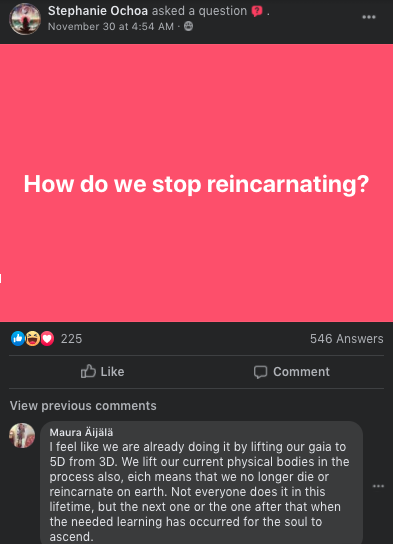
On the other hand, Facebook’s own research showed that algorithmically suggested groups lead users “further into conspiracy-land” (Wired), steering them away from a centralized consensus to create alternative spaces for political aggregation (Consentino). Now, the simple act of browsing—or “screwing around”—in the platform (Ramsay), can lead users to be exposed to an endless amount of hyper-real-religions, just as the writer of this post randomly found out about this “Arcturians” group in his recommendations for new groups to join.
The “Arcturians” group is, then, one of many hyper-religious groups formed within Facebook. The supernova became merely a dwarf star in the supercluster of hyper-real belief systems on the platform and, just as it’s seen in the universe, the formation of new stars is now just a matter of constant expansion.

Bibliography
Bratton, Benjamin H. The Stack: On Software and Sovereignty. The MIT Press, 2016. DOI.org (Crossref), doi:10.7551/mitpress/9780262029575.001.0001.
Cannon, Dolores. Keepers of the Garden. Ozark Mountain Publishing, 1993.
Cosentino, G. “The post-truth world order. Social Media and the Post-Truth World Order.” (2020): 1-31.
Culianu, Ioan P. “THE ANGELS OF THE NATIONS AND THE ORIGINS OF GNOSTIC DUALISM.” Studies in Gnosticism and Hellenistic Religions Presented to Gilles Quispel on the Occasion of His 65th Birthday, Brill, Jan. 1981, pp. 78–91. brill.com, doi:10.1163/9789004295698_007.
de Zeeuw, Daniël, and Marc Tuters. “Teh Internet Is Serious BusinessOn the Deep Vernacular Web and Its Discontents.” Cultural Politics, vol. 16, no. 2, Duke University Press, July 2020, pp. 214–32. read.dukeupress.edu, doi:10.1215/17432197-8233406.
Edgar Cayce’s Association for Research and Enlightenment | Edgar Cayce’s A.R.E. https://www.edgarcayce.org/. Accessed 4 Dec. 2020.
Facebook Groups Are Destroying America | WIRED. https://www.wired.com/story/facebook-groups-are-destroying-america/. Accessed 4 Dec. 2020.
Geertz, Clifford. Religion as a Cultural System. Psychology Press, 2004. 88-125
Home – Dolores Cannon. http://dolorescannon.com/. Accessed 4 Dec. 2020.
Jr, Mark U. Edwards. Printing, Propaganda, and Martin Luther. Fortress Press, 2004.
Latour, Bruno, and Steve Woolgar. Laboratory Life: The Construction of Scientific Facts. Princeton University Press, 1986.
Lent, Jeremy. The Patterning Instinct: A Cultural History of Humanity’s Search for Meaning. Prometheus Books, 2017.
Literat, Ioana, and Sarah van den Berg. “Buy Memes Low, Sell Memes High: Vernacular Criticism and Collective Negotiations of Value on Reddit’s MemeEconomy.” Information, Communication & Society, vol. 22, no. 2, Jan. 2019, pp. 232–49. DOI.org (Crossref), doi:10.1080/1369118X.2017.1366540.
Melucci, Alberto. Challenging Codes: Collective Action in the Information Age. Cambridge University Press, 1996.
Mcluhan, Marshall. Understanding Media. p. 20.
Pike, Sarah M. New Age and Neopagan Religions in America. Columbia University Press, 2004. JSTOR, https://www.jstor.org/stable/10.7312/pike12402.
Poell, Thomas, et al. “Platformisation.” Internet Policy Review, vol. 8, no. 4, Nov. 2019. DOI.org (Crossref), doi:10.14763/2019.4.1425.
Possamai, Adam. Handbook of Hyper-Real Religions. BRILL, 2012.
Reid, Kelly. “Hyper-Real Religion. An Interview with Adam Possamai.” International Journal of Baudrillard Studies, https://baudrillardstudies.ubishops.ca/hyper-real-religion/. Accessed 4 Dec. 2020.
Robertson, Robin. “A Review of ‘Channeling Your Higher Self.’ (1989/2007). By Henry Reed: Virginia Beach, VA: A.R.E. Press.” Psychological Perspectives, vol. 52, no. 1, Mar. 2009, pp. 131–34. DOI.org (Crossref), doi:10.1080/00332920802458388.
Rogers, Richard. Digital Methods. The MIT Press, 2013.
Spies, Barbara S. “Fiction, Invention and Hyper-Reality: From Popular Culture to Religion: Carole M. Cusack and Pavol Kosnáč (Eds.). London: Routledge, 2017. 299 Pp. Hardback. $149.95. ISBN 978-1-4724-6302-9.” Journal of Religious & Theological Information, vol. 17, no. 2, Apr. 2018, pp. 76–77. DOI.org (Crossref), doi:10.1080/10477845.2017.1398580.
Stirrat, R. L. “Sacred Models.” Man, vol. 19, no. 2, [Wiley, Royal Anthropological Institute of Great Britain and Ireland], 1984, pp. 199–215. JSTOR, doi:10.2307/2802277.
Westerink, Herman. “Thinking Spirituality Differently: Michel Foucault on Spiritual Self-Practices, Counter-Conducts, and Power-Knowledge Constellations.” Religions, vol. 10, no. 2, 2, Multidisciplinary Digital Publishing Institute, Feb. 2019, p. 81. www.mdpi.com, doi:10.3390/rel10020081.
Wynn, L. L. “Shape Shifting Lizard People, Israelite Slaves, and Other Theories of Pyramid Building.” Journal of Social Archaeology, p. 24.
York, Michael. The A to Z of New Age Movements. Scarecrow Press, 2009.
